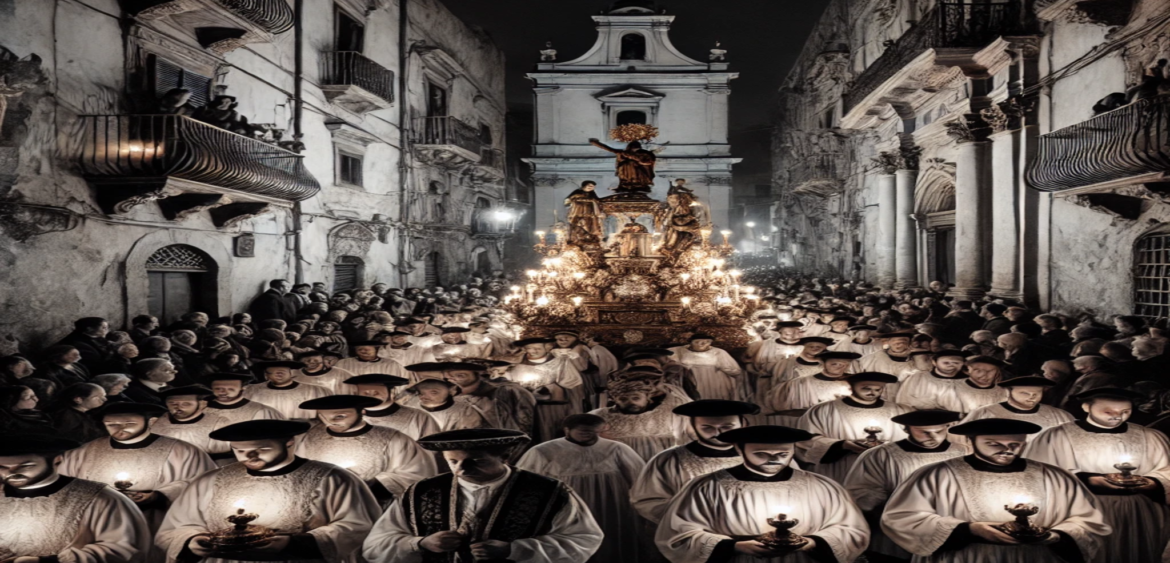Easter in Sicily
Sicily DMC Incentives: Easter in Sicily /Sicily is famous for its spectacular celebrations surrounding Pasqua (Easter) as Sicilians head to church and take to the streets in parades to honour the most important week in the Christian calendar.
Festivities continue throughout Holy Week, culminating on Easter Sunday, when families enjoy a lunch based on roast lamb and specially-prepared cakes. Sicily DMC Incentives: Easter in Sicily
Pasquetta (Easter Monday) is traditionally the first chance for a spring outing in the year, when Sicilians head for parks, beaches and nature reserves to have a picnic. All over the island, in large towns and tiny villages alike, processions weave their way through narrow streets, central thoroughfares and piazzas until finally they arrive at the local parish church or Cathedral.
Sicily DMC Incentives: Easter in Sicily /Easter also signals the arrival of Spring, and many pagan traditions that used to mark the arrival of the “beautiful season” have been incorporated into the religious festivities.





